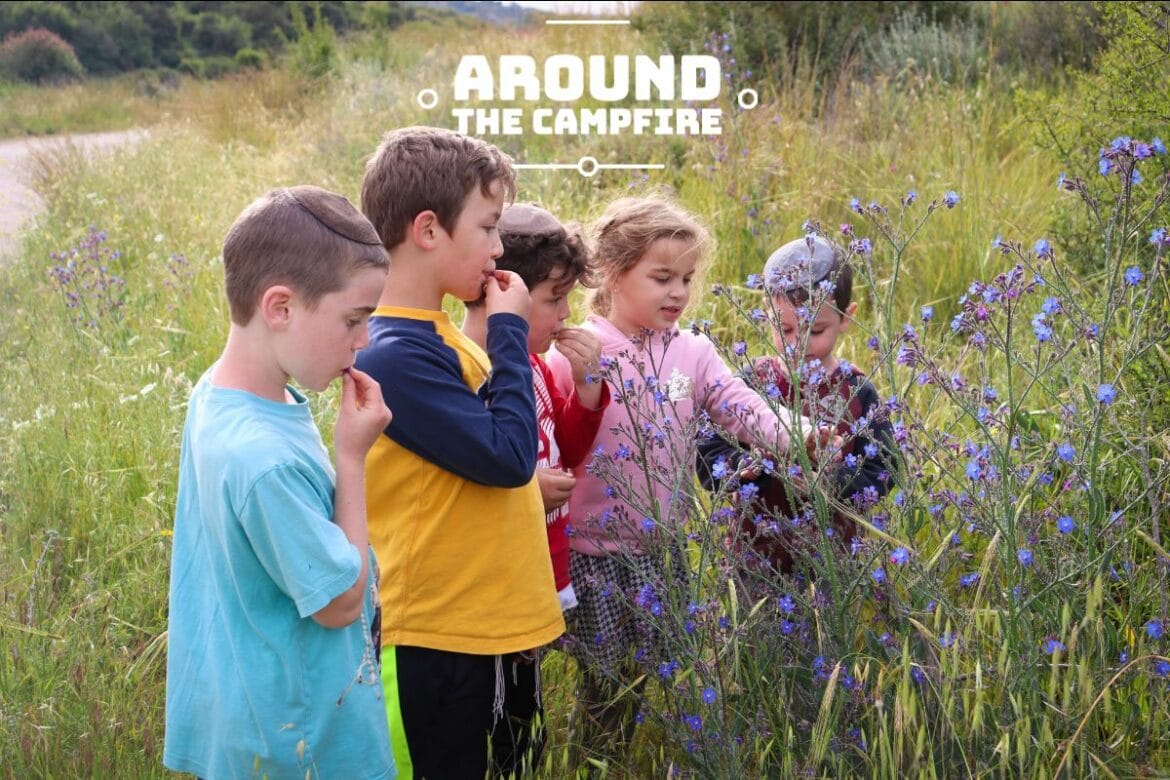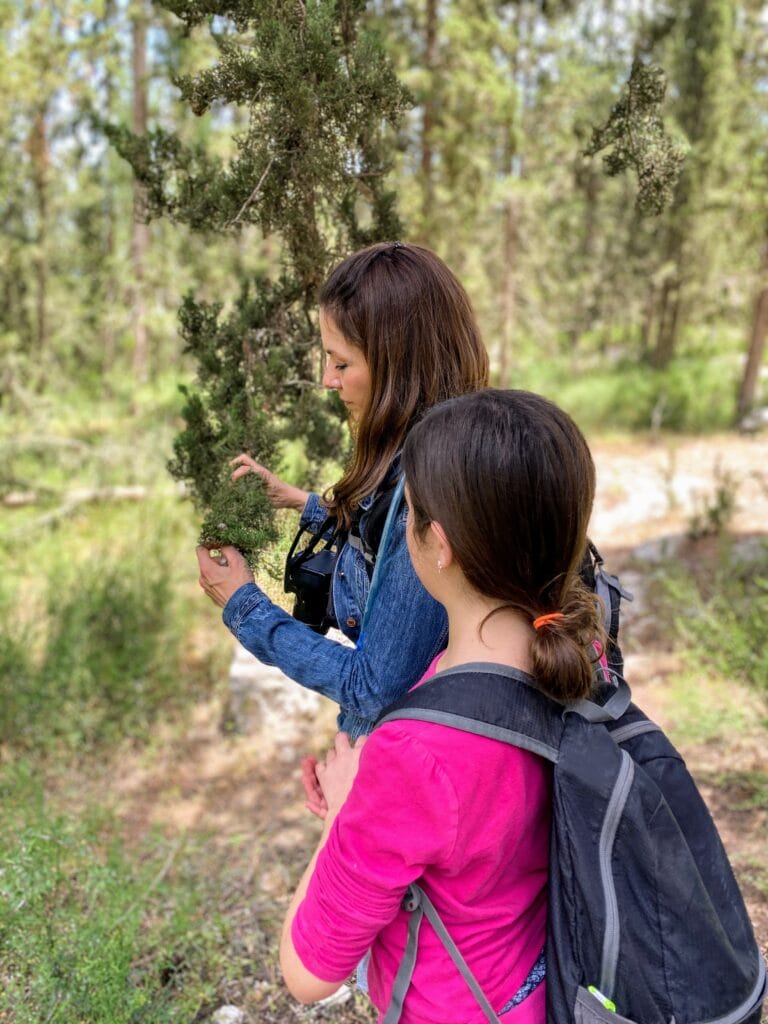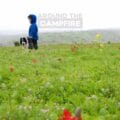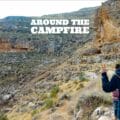
Can we eat these berries?
What makes a bird a min polesh (an invasive species)?
Who lived in these caves?
Why is it so windy in the afternoon?
These are just a few of the thousands of questions that my kids have asked on our hiking trips.
Summer vacation is over, and now, the children are back in school. With their newly wrapped books and freshly sharpened pencils, it seems that they are ready to learn in the best way possible. But I can’t help wondering which classroom is more compelling: the school room or the forest floor?
When you hike with kids, every step is an opportunity for a new lesson. On our journeys, we learn history as we wander through Israel, encountering ruins from different time periods on the trail. There are Crusader fortresses, Biblical pathways, Ottoman gates, and remnants of recent history like old bunkers and battlefields. We can learn about solutions to the ancient problem of water when we come across old aqueducts, agricultural terraces, and dugout cisterns. There are new things to learn every time we hike.
Science lessons abound. We can discover how and when different herbs, fruits, and flowers grow. We can witness the effects of plentiful water and those of water deprivation. My kids know how to identify an underground spring: just look for the fig tree sprouting amid an otherwise barren landscape.
What do the different types of clouds mean? If you’re outdoors enough on cloudy days, you begin to learn which types of clouds bring rain and which give us a blessed escape from the hot Mediterranean sun.
There are questions that arise which we can’t answer just by looking at our surroundings. Then, we are thankful for the modern-day accessibility of information, in the form of books, laminated hiking packets, maps, and of course, Google. When we hike, we often find ourselves stopping to consult this treasure trove of information.
But even so, isn’t every lesson a thousand times richer when you can actually see your subject matter right before your eyes? Any subject sinks in more deeply when you can touch, hear, feel, and smell its richness.
When we hike, I see my kids improve their reading skills by deciphering words on maps and signs. They learn about plant reproduction from watching bees and butterflies at work. And together, we relive the Jewish revolt against the Romans when we discover pieces of ancient pottery in tunneled out, underground caves.
Yes, there are lessons that can only be learned in school. But there’s something incredible about giving kids access to our natural world, the most fascinating classroom of all.







